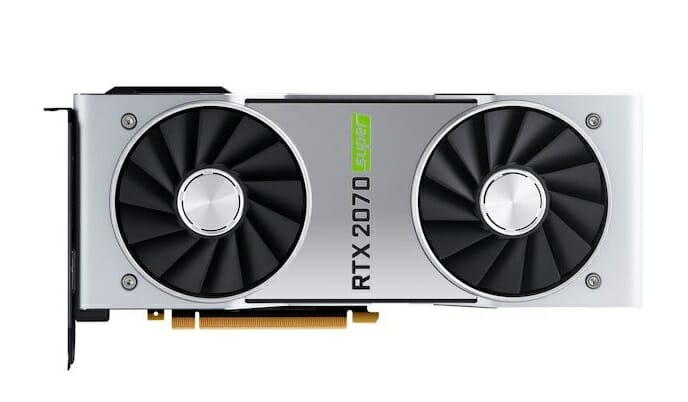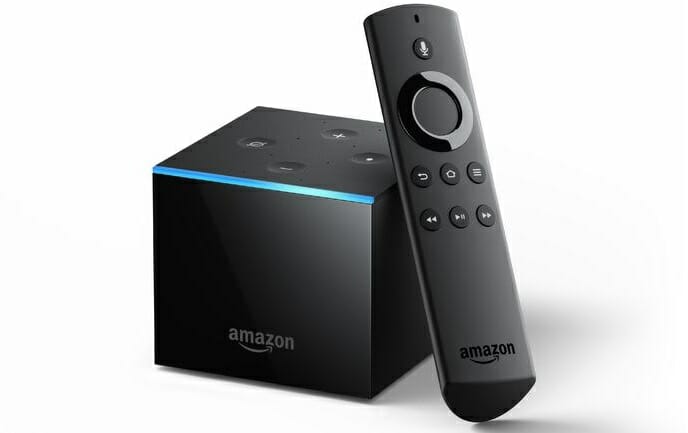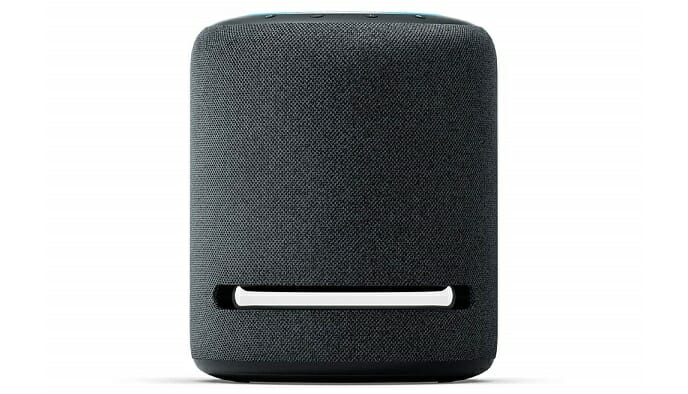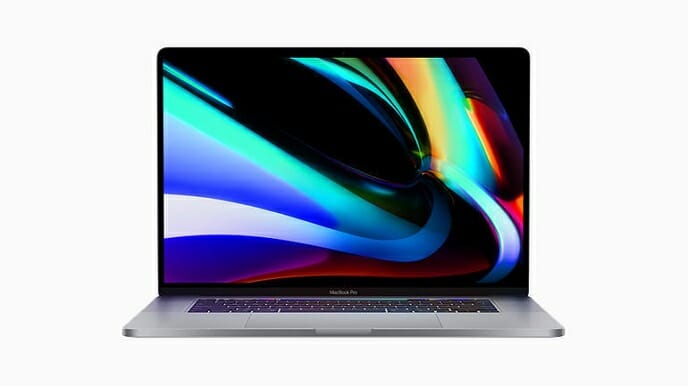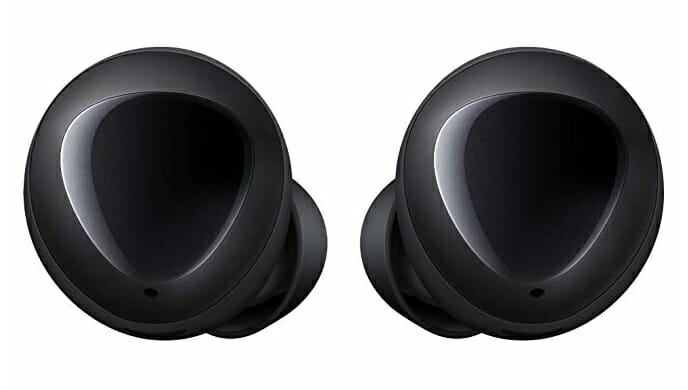The Best New Tech of 2019
All images courtesy of the respective company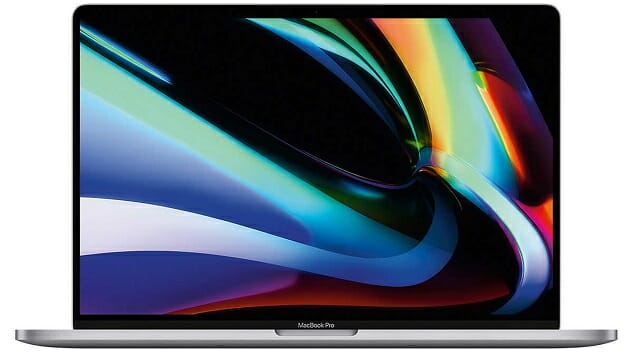
Trends tend to define the year in review when it comes to the tech industry. 2019 was no exception, but the trends of 2019 bubbled under the surface of another year’s worth of new devices, both astounding and disappointing. So much of the valuable messaging from Silicon Valley centered on improving earning back consumer trust while making small yet sizeable improvements to old favorites. 2020 looks to deliver a larger number of impressive devices that could push certain fields into new territory, but 2019 provided a solid foundation for that advancement with calculated revision.
That’s not to say that the year didn’t feature a number of exciting devices and services worth highlighting, so let’s dig into some of 2019’s best tech.
Oculus Quest
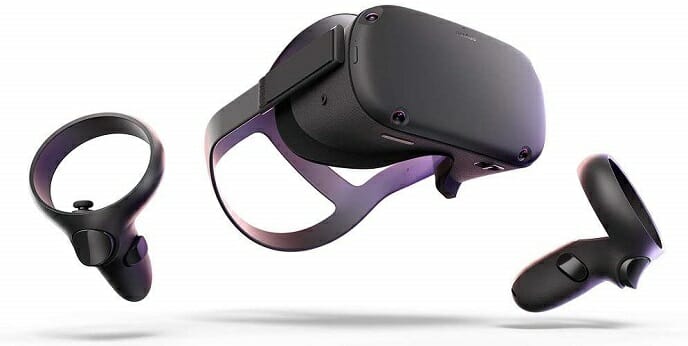
Virtual reality might not be on as many tongues as it was in previous years, but the Oculus Quest could be the headset that spurs the industry’s rebound. The shift in focus to the standalone headset caused many a wrinkle within the Oculus boardroom, but ditching the intensive setups of previous models was a needed (and welcomed) change by users. While the Quest isn’t as high-powered as its ancestors and it doesn’t drastically lower the financial barrier to entry, it does present a more convenient, appealing option to a wider audience. It represents the best path for VR to have a fruitful future.
Mixer
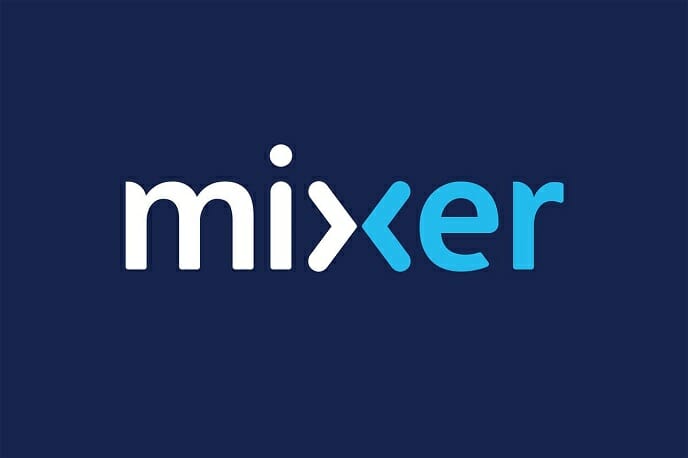
If Twitch is the Cybertruck of game streaming, then Mixer is the rock aimed squarely at it’s “bulletproof” window. 2019 was the year that showed everyone that no giant is without its weak point, and Mixer found the perfect way to attack Twitch’s: money. Signing away top Twitch streamers like Tyler “Ninja” Blevins and Michael “Shroud” Grzesiek, and their collective following of over 21 million viewers, severely cut into Twitch’s apex status. Microsoft’s decision to throw millions of dollars in exclusivity deals at mega-popular streamers started an arms race between Mixer and Twitch, which had the interesting side effect of addressing burnout and the viability of variety streaming. Whether that stress relief persists or not (and let’s hope it does), Mixer established itself as a major player in the streaming sphere after years of serving a forgettable facet of Microsoft’s roster.
Airpods Pro
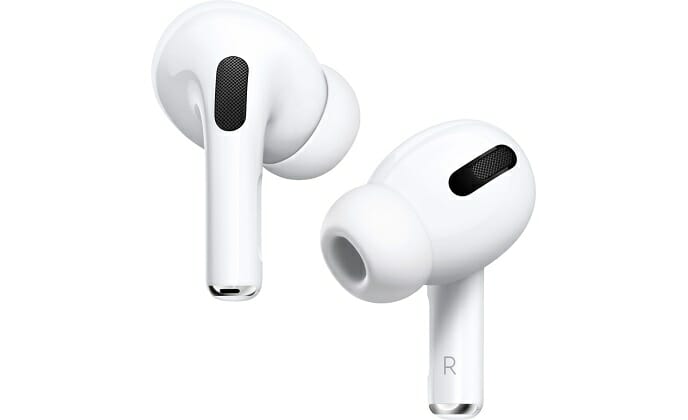
Y’all, Apple finally got the memo. Airpods may be rad, but throwing some silicone tips on them made them to another level. Okay, that might be a bit overboard, but actually having your ear buddies feel comfortable and stay in place for more than an hour is near the top of life’s little pleasures. The earbuds themselves deliver top tier sound quality, battery life and ease of use, but catching up with literally everyone else in the bud game helped them reclaim the throne. If only they didn’t cost $250.
iPhone 11 Pro
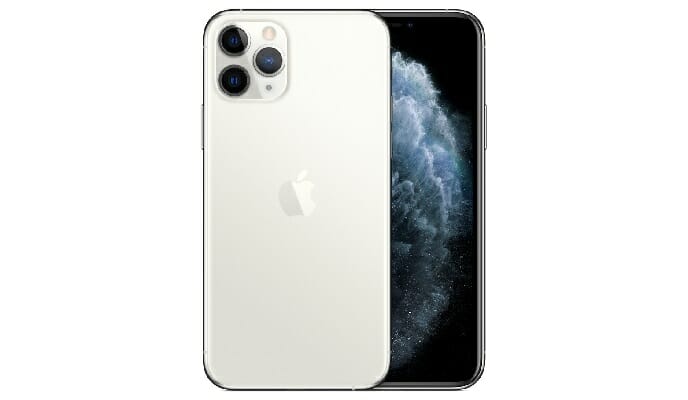
Much like its ear-speaker sibling, the iPhone 11 series brought Apple’s phone back into line with its competitors’ features and surpassed them in quality. Of the three devices, the iPhone 11 Pro stands out as the best. Its tri-lens camera array and highly touted Night Mode catapult the 11 Pro to the top of the mobile device camera rankings while packing notable quality-of-life improvements into Apple’s “toughest ever” glass casing. The phone’s battery life alone is worth the upgrade if you’re still walking around with an iPhone XS.
-

-

-

-

-

-

-

-

-

-

-

-

-

-

-

-

-

-

-

-

-

-

-

-

-

-

-

-

-

-

-

-

-

-

-

-

-

-

-

-

